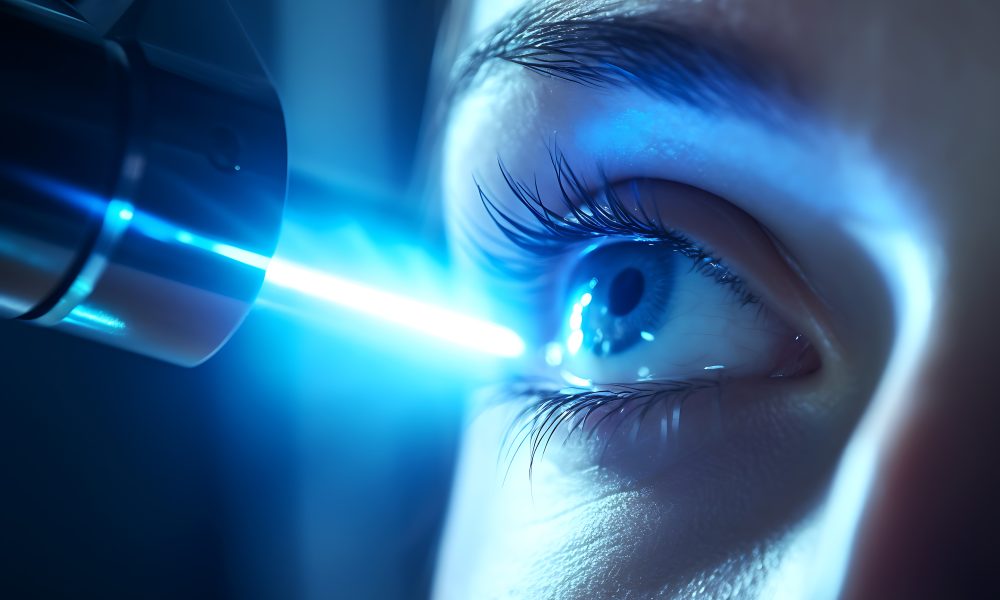
3D eye scans can reveal vital clues about kidney health that could help to track the progression of disease, new research suggests.
The advance could help to revolutionise monitoring of kidney disease, which often progresses without symptoms in the early stages.
Experts say that the technology has potential to support early diagnosis as current screening tests cannot detect the condition until half of the kidney function has been lost.
Dr Neeraj (Bean) Dhaun, Professor of Nephrology at the University of Edinburgh’s Centre for Cardiovascular Science, said: “We hope that this research, which shows that the eye is a useful window into the kidney, will help identify more people with early kidney disease – providing an opportunity to start treatments before it progresses.
“It also offers potential for new clinical trials and the development of drug treatments for a chronic disease that, so far, has proved extremely difficult to treat.”
The research team used highly-magnified images to detect changes to the retina – the layer of tissue at the back of the eye that senses light and sends signals to the brain.
The research revealed that the images offer a quick, non-invasive way to monitor kidney health.
The eye is the one part of the body where it is possible to view a key process called microvascular circulation – and this flow of blood through the body’s tiniest vessels is often affected in kidney disease.
Researchers at the University of Edinburgh investigated whether 3D images of the retina, taken with optical coherence tomography (OCT), could be used to identify and accurately predict the progression of kidney disease.
OCT scanners, which are used in most high street opticians, use light waves to create a cross-sectional picture of the retina, displaying each individual layer, within a few minutes.
The researchers looked at OCT images from 204 patients at different stages of kidney disease, including transplant patients, alongside 86 healthy volunteers.
They discovered that patients with chronic kidney disease had thinner retinas compared with healthy volunteers.
The study also found that thinning of the retina progressed as kidney function declined.
The changes were reversed when kidney function was restored following a successful transplant.
Patients with the most severe form of the disease, who received a kidney transplant, experienced rapid thickening of their retinas following surgery.
With further research, regular eye checks could eventually aid early detection and monitoring to prevent the disease from progressing.
It could also enable patients to make lifestyle changes that reduce the risk of health complications, experts say.
The technology, supported by Heidelberg Engineering’s imaging platform, could also aid the development of new drugs, the research team said.
It could do so by measuring changes in the retina that indicate if and how the kidney responds to potential new treatments.
The researchers said that further studies – including longer-term clinical trials in larger groups of patients – are needed before the technology can be routinely used.
Dr Aisling McMahon, executive director of research and policy at Kidney Research UK, said: “Kidney patients often face invasive procedures to monitor their kidney health, often on top of receiving gruelling treatments like dialysis.
“This fantastic research shows the potential for a far kinder way of monitoring kidney health.
“We are continuing to support the team as they investigate whether their approach could also be used to diagnose and intervene in kidney disease earlier.”



